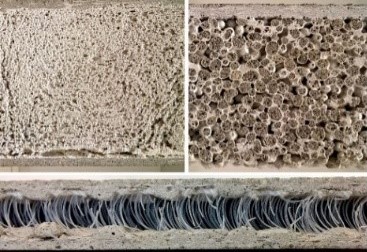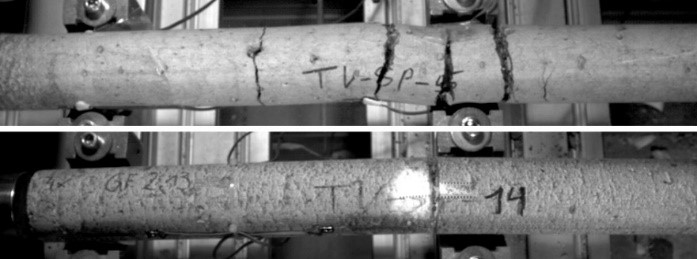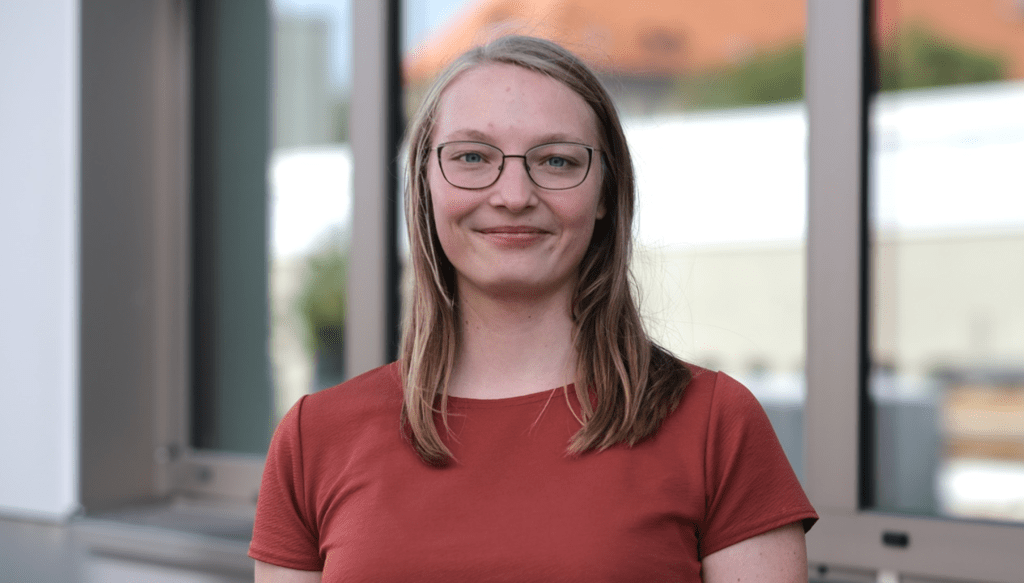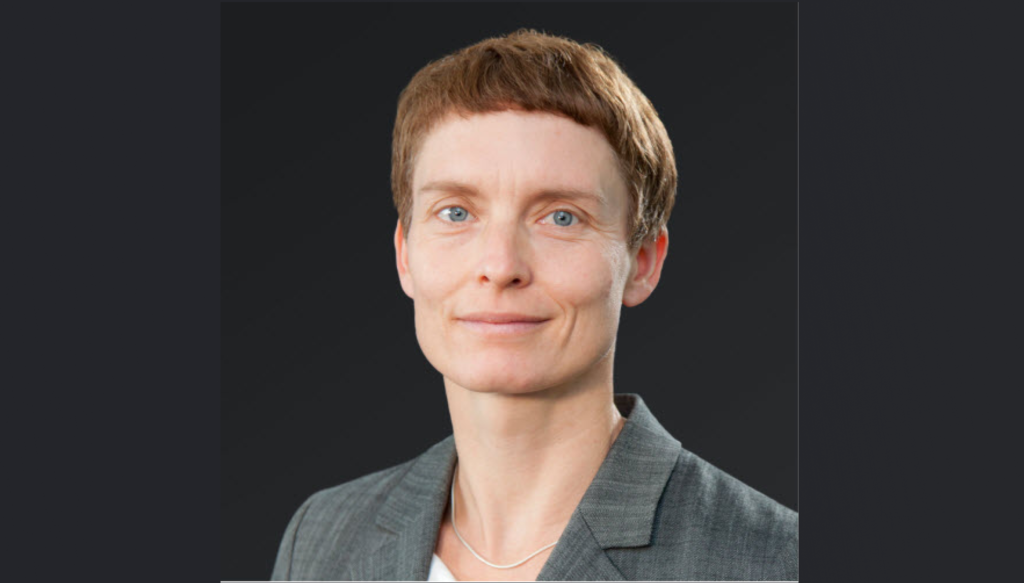Projects Overview A6/II Characterization of mineral-bonded materials for damping layers for impact strengthening of flat solid construction elements
A6/II Characterization of mineral-bonded materials for damping layers for impact strengthening of flat solid construction elements


Left: mineral-bonded composites of various compositions as potential materials for damping layers; right: effect of adding fibres to fine grained matrices in the SHB spallation experiment – above matrix without and below with fibres
Contributors

© Tin Trong Dinh
Doctoral Researcher
(2020-2023)
Dipl.-Ing. Lena Leicht
Institute of Concrete Structures
TU Dresden
August-Bebel-Straße 30
01219 Dresden
Germany
- lena.leicht@tu-dresden.de
- Institute

Principal Investigator
Univ.-Prof. Dr.-Ing. Dr.-Ing. E.h. Manfred Curbach
Institute of concrete structures
ABS, Floor 05, Room 009
August-Bebel-Straße 30/30A
01219 Dresden
Germany
- Manfred.Curbach@tu-dresden.de
- Institute
- +49 351 463 37660
- +49 351 463 37289

Principal Investigator
Dr.-Ing. Silke Scheerer
Institute of concrete structures
ABS, Floor 05, Room 012
August-Bebel-Straße 30/30A
01219 Dresden
Germany
- Silke.Scheerer@tu-dresden.de
- Institute
- +49 351 463 36527
- +49 351 463 37289

in cooperation with
Prof. Dr. Edeltraud Günther
Institute of Construction Materials
Von-Mises-Bau (VMB), Room 101A Georg-Schumann-Straße 7
01187 Dresden
Germany
- edeltraud.guenther@tu-dresden.de
- Institute
- +49 351 463 34313
- +49 351 463 37764

